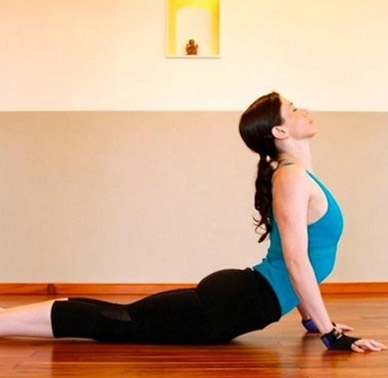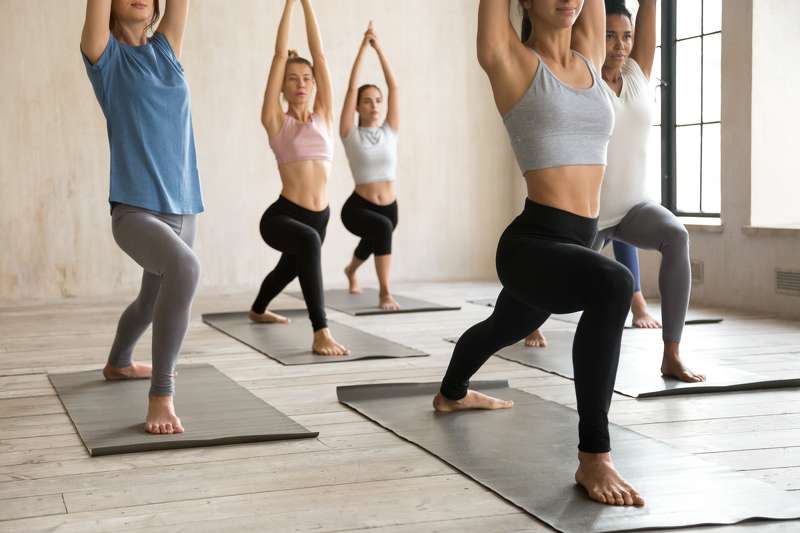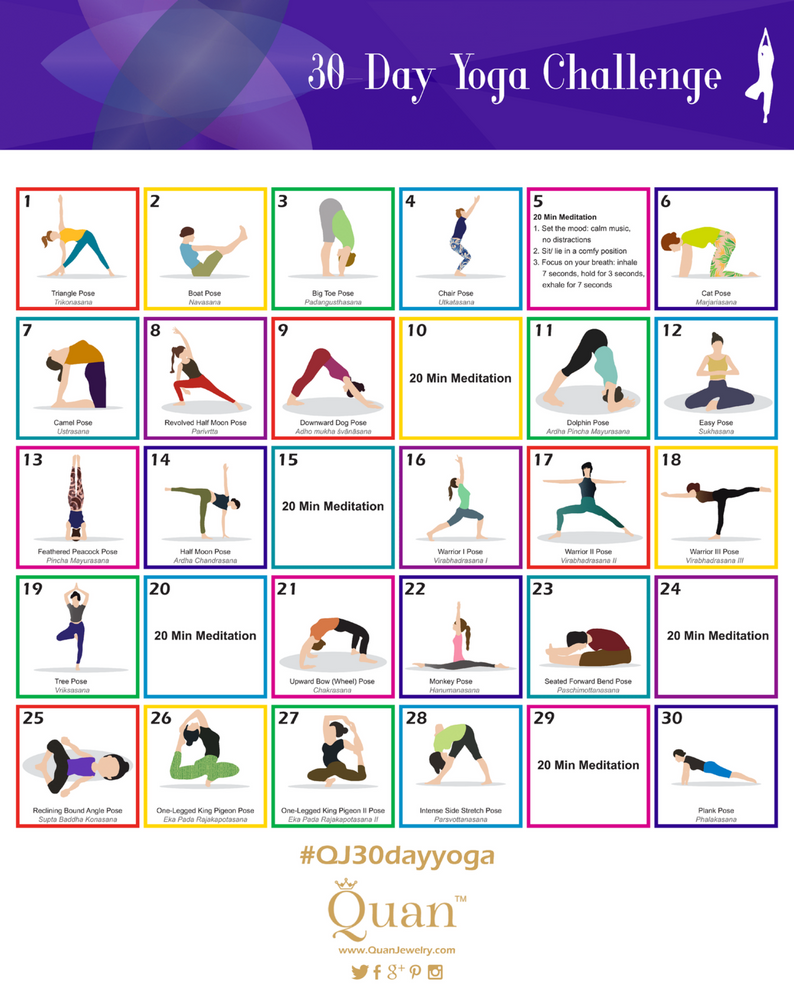
You've found the right place if you are interested in pranayama, a yogic breathing technique. Pranayama is a wonderful tool that can help you regulate your breath, reduce stress, and even lose weight! Learn more. This article will cover the benefits and drawbacks of pranayama. This article will help you learn everything you need about pranayama.
Pranayama can be described as a technique of yogic breathing.
Pranayama is a practice that focuses on the breath and relaxes all parts of the body. It is best to slow down and feel the effects of this breathing technique. If you are able to, adjust the ratios of all four parts of your breath. Advanced pranayama techniques may involve holding the breath for a period of time. You should hold your breath for a period of time that is comfortable, but not so long as to cause strain or discomfort. Benefits include a longer inhalation or exhalation.

It regulates airflow
Pranayama, a yogic breathing technique that harnesses the universal life force energy, is an ancient practice. It is sometimes performed as part of yoga exercises or as a preliminary step to meditation. It is Sanskrit for deliberate control of the breathing. Pranayama refers to breathing through the nostrils using specific patterns with the purpose of controlling the breath. Proper breathing can have a profound impact on the body, mind, as well as energy.
It reduces stress
This study examined whether the practice of pranayama can reduce stress by reducing the levels of several brain chemicals. The participants were young, healthy, mostly university students. Gender, age, and education years did not differ significantly between the groups. The income of the household was not significantly different among the groups. For more details, see Table 1.
It helps with weight loss
Pranayama assists with weight loss. It boosts metabolism and increases the body's capacity to burn fat. To lose excess fat in the body, you should do this breathing exercise on an empty stomach. Start the breathing exercise by laying on your stomach with your legs crossed, your palms on the ground and your hands on your knees. Keep your back straight, your head upright, and your eyes closed. You can inhale slowly, and then exhale quickly. Exhale slowly and forcefully, drawing your stomach in toward your spine. Repeat for 5-10 minutes.

It can be used to treat hypertension
Pranayama's ability to relieve hypertension is the research question. Pranayama is effective in lowering blood pressure in patients with mild hypertension, according to researchers. Further research is needed to examine the effects pranayama has on hypertension at different stages. These are some potential benefits of pranayama. Hopefully, this research will provide useful insight for those who are looking for ways to manage hypertension.
FAQ
How does yoga work
Yoga is founded on the principles of alignment, breath control and meditation. It can create a sense of calm and peace within the practitioner when it is done correctly.
Warming up is an important step in any yoga class. For example, you might do forwarding and backward bends (bending forward), side bends (bending down), twists, or side bends. These moves help loosen tight muscles, and prepare you to take on deeper poses.
Next is the balance pose known as "standing." Next, stand straight up with your feet and your arms extended. Then, look down towards the ground. Your body should feel stable, centered, and balanced.
The final step is deep stretching. These poses require you to lie on your back, face down, on the ground. Next, raise one leg and then the other. Then stretch your spine in all directions. To keep from falling, hold onto something sturdy. If you don’t possess anything to grab on to, put your hands on a nearby surface.
After you have completed all the poses, you will be able to move into a series if standing poses. These include the mountain pose, warrior pose, downward facing dog, upward facing dog, plank pose, and final pose.
When doing yoga, it's important to breathe deeply and slowly. Deep breathing can not only clean your lungs, but it also calms your mind. By focusing on your exhales as well as your inhales, you can achieve deep breathing. Consider counting every time you take a deep breath.
You can even practice yoga while cooking. Just follow the exact same steps but place your feet on the ground instead of laying down.
Try starting yoga for 10 minutes each day if you're a beginner. And remember, no matter how old you are, you can always benefit from yoga.
Do I have to be flexible to do yoga?
It all depends upon the type of yoga. Some yoga styles require flexibility while others emphasize muscle strength.
Different types of yoga call for different levels and degrees of flexibility. For instance, beginners may only need to stretch their arms overhead. Intermediate practitioners might need to bend forward to touch their toes. Advanced practitioners may need to perform deep twists and bends.
What evidence does the research say about yoga for well-being?
Yoga has been shown to improve mental health, reduce stress and promote overall well-being. It can help you lose weight, improve your body mass index (BMI), and keep you healthy.
Yoga can help lower blood pressure and improve cardiovascular function.
These are just a handful of benefits to yoga.
The list is endless!
Does yoga make me look like a hunk?
No! Yoga will not make you look like a Hollywood star. You'll appear leaner, stronger and more flexible after practicing yoga.
Statistics
- In comparison, a 125-pound person is estimated to burn 135 calories in 30 minutes of walking (at a pace of 15-minute miles) and 210 calories bicycling at a moderate pace on a stationary bike. (everydayhealth.com)
- According to the Agency for Healthcare Research and Quality, falls are incredibly common among older adults in nursing facilities. Even the simplest ones can increase the risk of death (24). (healthline.com)
- Start your Fall off right with 20% off All Access Membership when you sign up by 9/25! (corepoweryoga.com)
- The American Psychological Association recently shared that 84% of American adults feel the impact of prolonged stress (5). (healthline.com)
- Lock in 25% off your Founding Member rate. (corepoweryoga.com)
External Links
How To
What is the best position to practice yoga?
There are no wrong or right ways to practice yoga. Everybody is unique. It is enough to find the position that feels most comfortable for you.
Here are some examples of common postures:
Standing poses – Standing poses are perfect for beginners. They allow you to focus more on your breathing.
Forward bends: Forward bends are used to stretch tight areas. You can do them sitting down or lying down.
Backbends. Backbends generally are considered advanced poses. You should consult your instructor before you attempt one.
Inversions: Inversions are poses where you balance on your side. This is a difficult but rewarding form of yoga.